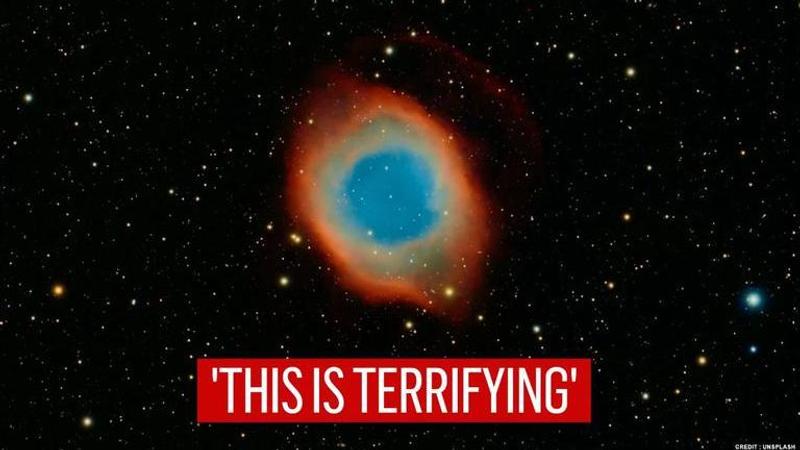Published 19:31 IST, November 10th 2020
'Sounds like screaming woman': Sonification video of Helix Nebula scares netizens
Even though there is no sound in space, Helix Nebula, which is approximately 655 light-years away from Earth, has been given a sound through sonification.

Ever wondered what stars or other space elements would sound like if they had music? If not, then listen to the latest sonification of Helix Nebula that NASA's Hubble has shared on its social media handle. Even though there is no sound in space, Helix Nebula, which is approximately 655 light-years away from Earth, has been given a sound through Hubble space telescope data sonification, the same digital data that gets translated into images has been transformed into sound.
However, the music is scaring many on social media as it sounds like it has come out straight from a horror movie. The frequencies of sound increase from low to high pitches just as the frequencies of light increase from red to blue. So as the sonification line travels from the red portion to the center blue part of the Helix Nebula image, a scary screaming woman-like sound is created, just like they do in horror movies.
'This is terrifying'
Netizens are reacting to how they felt listening to the sound given to Helix Nebula. "The eye part scared me so. I was caught off guard by the sound of a screaming woman," one individual commented. "Why is this called the Helix Nebula rather than the Horror Eyeball Nebula? The people are curious (they're not)," another user wrote. Several users also asked some interesting questions regarding sonification.
Meanwhile, the Hubble Space telescope that captured the data and sent it back to Earth was deployed 30 years ago by the space shuttle Discovery. The space observatory has been named after astronomer Edwin Hubble and since its launch in 1990, it has made more than 1.4 million observations.
Updated 19:30 IST, November 10th 2020




